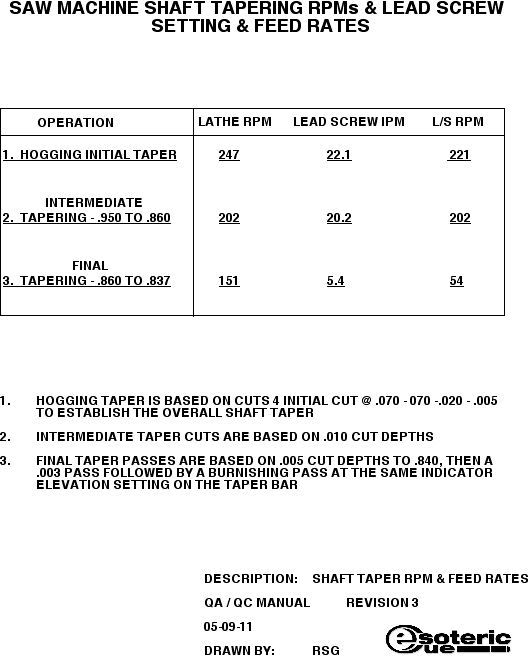Chris - Does using router bits help avoid the push off?
Chris
I have made like 4 cues like this before I got my deluxe and a router. The router is way better. For instance I tried to retaper a cue that was made by cutting it with a qctp and carbide tool out of solid birdseye with phenolic joint and butt collars. It was a little big to start with in diameter so I thought I would try to turn it round with my router and taper bar. Yeah right!!
About a month ago a customer had an extra shaft from JOSS that he wanted a nice sneaky butt for it. I retapered a blank from from Schmelke and it was perfectly round with no visible run out at the tip when laying the joint on a rail and turning. I could have never done that good of work just by using the qctp and a carbide or HSS tool.
Last edited:
